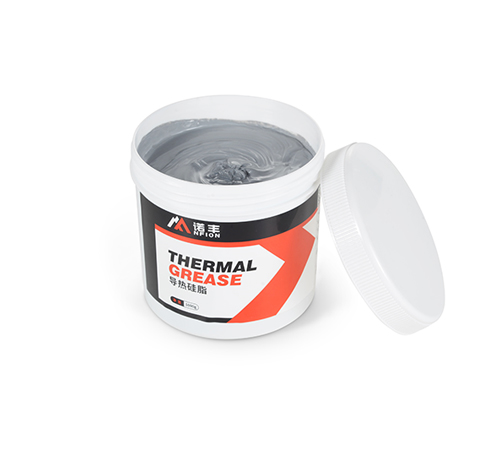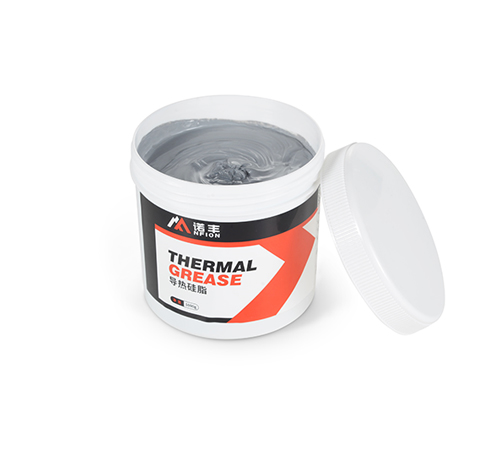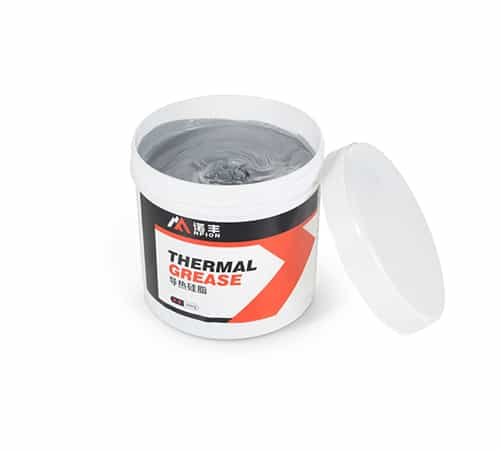When it comes to thermal management in electronic devices, especially computers and gaming consoles, thermal paste (or thermal interface material, TIM) plays a crucial role in ensuring optimal performance. Thermal paste fills the microscopic gaps between the processor and the heat sink, improving heat transfer and preventing overheating. However, there are various myths and misconceptions surrounding the use of everyday household items as substitutes for specialized materials. One common query is whether toothpaste can be used as a replacement for thermal paste. In this article, we will thoroughly explore this question, discuss the relevant scientific principles, and assess the potential risks and benefits.
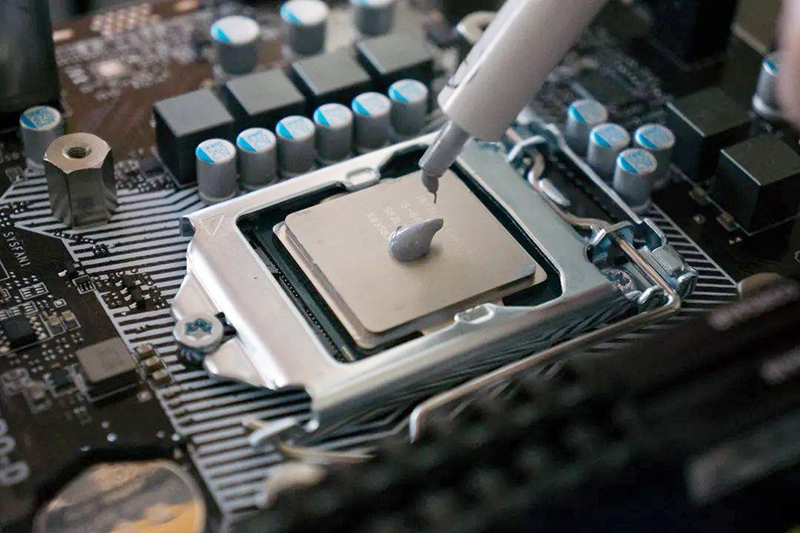
What is Thermal Paste?
Thermal paste is a specialized substance used to improve heat conduction between two surfaces, typically the processor (CPU) and the heat sink in a computer or other electronic device. The primary function of thermal paste is to eliminate air gaps between these surfaces, as air is a poor conductor of heat. By filling these gaps with a thermally conductive material, the paste ensures better heat dissipation, preventing the CPU from overheating and ensuring stable operation.
Thermal paste is generally made from materials like silver, aluminum, or ceramic compounds, which have high thermal conductivity. It is carefully engineered to provide an optimal balance of viscosity, conductivity, and durability under high temperatures.
Why Would Someone Consider Using Toothpaste?
The idea of using toothpaste as a substitute for thermal paste may arise from the fact that toothpaste is a common household item that appears to have a similar consistency and texture. It may also be seen as a quick solution in an emergency situation, such as when a computer is temporarily failing due to an overheated processor, and the user does not have access to specialized thermal paste.
Toothpaste typically contains a combination of water, abrasives, and binders. Some types may also include small amounts of zinc oxide or calcium carbonate, both of which are thermal conductors. This has led some individuals to wonder whether toothpaste might provide a temporary solution in place of proper thermal paste.

The Science Behind Thermal Paste vs. Toothpaste
Thermal paste is designed to have specific properties that optimize heat transfer and maintain stable performance at high temperatures. To understand why toothpaste may not be an effective substitute, we need to examine the key characteristics that make thermal paste suitable for use in electronics.
1. Thermal Conductivity
● Thermal paste is engineered to have high thermal conductivity, often measured in watts per meter-kelvin (W/mK). This property allows it to efficiently transfer heat from the CPU to the heat sink.
● Toothpaste, on the other hand, is not designed for thermal management and has a significantly lower thermal conductivity. While certain compounds in toothpaste might theoretically conduct heat to a small extent, it is far less effective than materials designed specifically for this purpose.
2. Viscosity and Application
● Thermal paste is formulated to be applied in a thin, even layer between the processor and the heat sink. It has the right balance of viscosity, ensuring that it spreads easily without dripping or spilling.
● Toothpaste, in contrast, is thicker and has a more gel-like consistency, which makes it difficult to apply evenly. It could lead to uneven distribution, potentially creating air pockets or insufficient coverage, thereby impeding heat transfer.
3. Durability
● High-quality thermal paste is designed to withstand prolonged exposure to high temperatures without degrading. It remains stable and does not dry out, crack, or lose its conductive properties over time.
● Toothpaste, however, is not engineered for high heat environments. It is likely to dry out, harden, or lose its effectiveness after a short period of use. Over time, it can also leave behind a sticky residue that might damage electronic components.
What Are the Risks of Using Toothpaste as Thermal Paste?
Using toothpaste as a substitute for thermal paste carries several risks, which can have negative consequences for both the performance and longevity of your electronic device.
1. Overheating
● Since toothpaste does not conduct heat effectively, it is unlikely to provide the same level of heat dissipation as proper thermal paste. This could result in poor thermal management, causing the CPU to overheat, throttle performance, or even sustain permanent damage.
2. Residue Build-up
● Toothpaste may leave behind a sticky residue when it dries out. This residue could interfere with the normal functioning of the heat sink or other components, potentially causing short circuits or clogging the cooling system.
3. Potential for Damage
● The use of an inappropriate material like toothpaste could lead to damage to the processor or other components over time. The failure to dissipate heat properly can result in thermal stress, which may cause parts to degrade or fail prematurely.
4. Difficulty in Removal
● If toothpaste is used and eventually needs to be replaced, cleaning it off the CPU and heat sink could be challenging. Toothpaste is not easy to remove without leaving behind residue, and this can complicate future maintenance or upgrades.
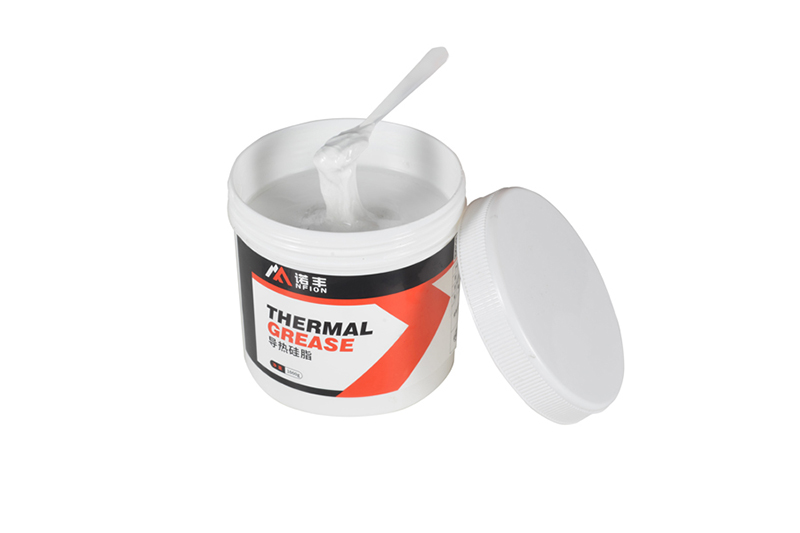
What Are the Alternatives to Toothpaste?
While toothpaste may seem like a convenient and inexpensive option, it is crucial to use materials designed specifically for thermal management. There are several high-performance thermal pastes on the market, each with its own advantages in terms of thermal conductivity, ease of application, and durability. Here are some common options:
● Silicon-based thermal pastes: These are cost-effective and work well for general use, providing good thermal conductivity.
● Ceramic-based thermal pastes: Non-metallic and non-conductive, these are ideal for situations where electrical conductivity is a concern, such as when applying thermal paste to sensitive electronics.
● Metal-based thermal pastes: These pastes are known for their superior thermal conductivity, but they can be more expensive and are generally used in high-performance applications such as overclocking.
For any serious thermal management needs, investing in a good-quality thermal paste is crucial to ensuring the longevity and efficiency of your device.
Conclusion
While toothpaste may seem like a potential solution for those in a pinch, it is far from an ideal or reliable substitute for thermal paste. The scientific properties of toothpaste, such as its low thermal conductivity and tendency to degrade under high temperatures, make it unsuitable for effective heat transfer in electronic devices. Using toothpaste as thermal paste can lead to overheating, residue buildup, and possible damage to your hardware.
For optimal performance and device longevity, always use a thermal paste specifically designed for electronic components. It is a small investment that ensures the proper functioning of your devices and prevents the risk of costly damage in the future.



 CN >
CN >
